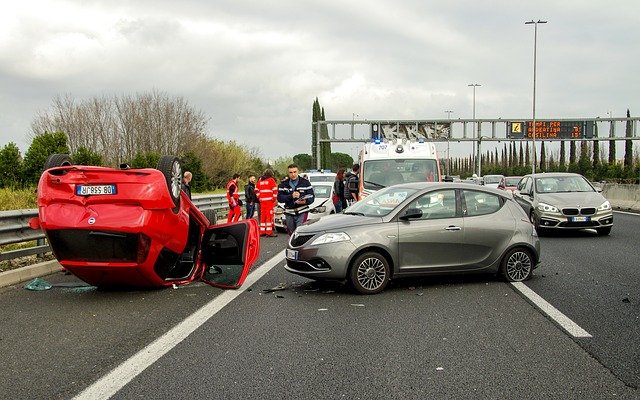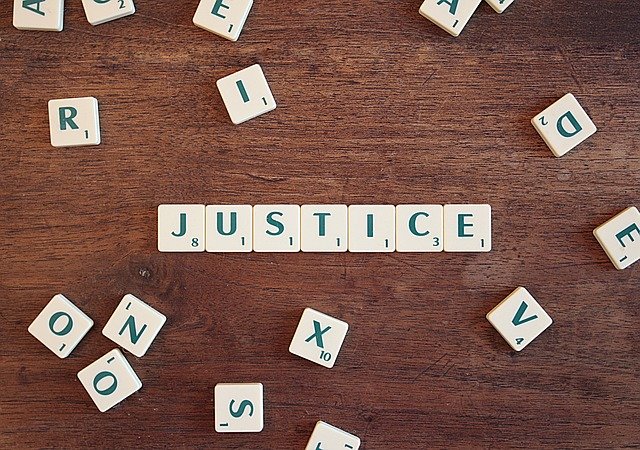
If you’re looking for the ultimate guide on what to do in case of a car accident, then look no further. We’ll walk you through what to do in 6 different scenarios that are all too common when it comes to accidents. From how to handle your injuries to contacting emergency services, this guide will have everything covered so that you can be prepared before an accident occurs.
So, let’s get started.
Do not Move or Drive on After an Accident
If you’re in an accident that doesn’t involve any severe injuries, then the first thing to do is stay put. It’s not safe for yourself or other drivers on the road if you get out of your car and attempt to fix something on the spot, especially when it comes to damage done by your vehicle. If there are no cops involved, feel free to move your car out of traffic to avoid getting hit. But the most important thing is always making sure everyone involved in the accident stays safe and unharmed.
Despite what some people think, it’s best not to drive away from an accident scene after one happens. This will only complicate matters and may put you at risk for more serious charges, so it’s best to stay and call the police. If there is any damage done by your car, then make sure that no one leaves until a report has been filed with their insurance company.
Call the Police
If there is a lot of damage done in the accident or if anyone was seriously injured, you will need to contact emergency services immediately. Even if the people involved only suffered minor injuries, it’s still good to get them checked out just in case.
The police will take statements from everyone at the scene and determine if anyone was driving under the influence of drugs or alcohol. They’ll also gather information about both cars so that they can file damage reports with your insurance company afterward. As highlighted by these experts, the police report is essential because it will be the main evidence used to determine who was at fault. Therefore, ensure that you do not leave the scene and call 911 as soon as possible for the police to come and get you the accident report.
Exchange Information With the Other Driver
If you’ve got the time, it’s always a good idea to exchange information with the other driver. You can type up your details on paper so that there is no mistake about who you are or how contactable someone else should be able to get in touch with you.
One of these items includes exchanging insurance coverage information where they’ll be able to verify a claim with their insurance company. You’ll also need the following in case of an accident: name, phone number, and address for both drivers involved; license plate numbers for all vehicles at the scene; driver’s license details from everyone present; how old they are and what state they’re from if applicable.
Document the Accident Scene
Once you’ve exchanged information with the other driver, it’s a good time to take some pictures of the accident scene. This will help in case anyone tries to file false claims or if anything is stolen from your car while it’s left unsupervised at the site.
Make sure that you document every piece of damage done by both cars so that it can be presented to your insurance company. You’ll also need photos of any damage done by debris or other things that are not part of the cars involved in the accident, as these could end up being submitted for reimbursement claims too.
Contact Your Insurance Company

If you’ve got comprehensive coverage for your vehicle or if the accident involved another car that is insured, then it’s essential to contact your insurance company as soon as possible. They’ll be able to advise you on what steps are next and who will need to take care of certain details.
Contacting your insurance company is essential for them to advise you on what steps are next and because they’ll need to file a claim with the other party’s insurance company for injuries and damages. They will help get in touch with everyone involved so that you can exchange all of this information quickly before it gets too confusing or people start leaving out key details.
File for an Insurance Claim
If this is the first time you’ve been involved in an accident, then filing for a claim will be straightforward since there are steps that your insurance company can help with. Otherwise, if it’s not the first time you’re making a claim or if everyone at fault seems to have poor coverage, then it may end up being complicated and more difficult for you to get the compensation that is deserved.
However, regardless of what type of situation it is or who was at fault for an accident, your attorney should be able to help you file a claim for damages and injuries. The insurance company will offer their version of what happened, but your attorney can provide an objective view based on the evidence presented by everyone involved.
There are six things to pay attention to when in a car accident. The first is exchanging information with the other driver and then taking pictures of both cars’ damages before calling 911 for police involvement. Thirdly, document every piece of damage done by the scene so that you can present it to your insurance company later on. Next, contact your insurance company so that they can advise you on what steps are next. After, file for an insurance claim if this was your first or second accident so that you don’t have to go through the entire process again if it happens a third time. Finally, contact your attorney, who will help with filing an injury and damages claim against everyone at fault in the accident.





